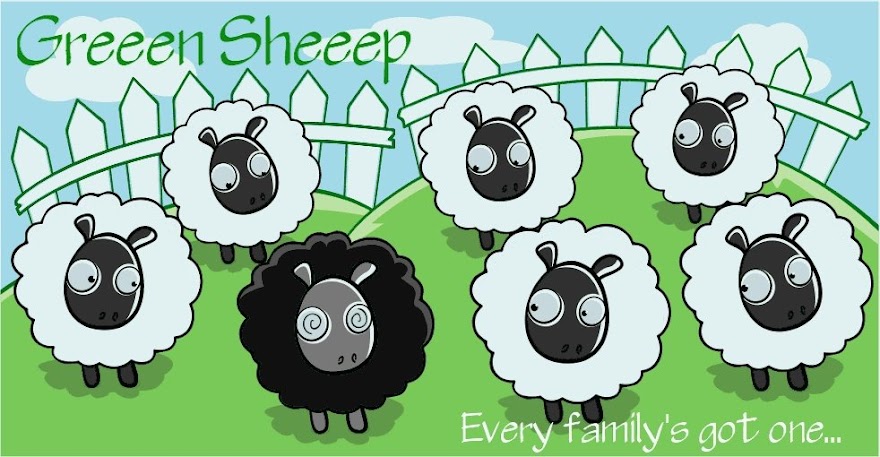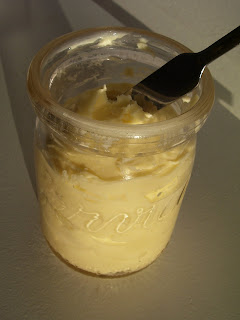
Can you tell me what is missing from this picture?

Birthday candles? No.
Sprinkles? Well, yes, but that is not it.
The paper baking cup!

Birthday candles? No.
Sprinkles? Well, yes, but that is not it.
The paper baking cup!
I cannot recall the last time I saw a cupcake outside of my home that was not contained in a paper baking cup. Dare I say, never? Why is it acceptable for muffins to be naked, yet cupcakes must be clothed in pleated pastel paper skirts? Cupcakes even have designer clothes now. Oh sure, you can get liners to match your mood, kitchen, sports team, favorite cartoon character, whatever your little heart desires. They even come with feet!


At least those are reusable, although I am leery of putting silicone in my oven. What I am getting at is, is all that really necessary? Do cupcakes really need their own individual wrapper? What are we protecting them from, ourselves? Why would you want to add a barrier between yourself and that little nugget of goodness? I can hardly wait to get them out of the pan before devouring! Or, is it that we have become so lazy that we cannot spare the finger pressure to spray the pan to keep them from sticking?
Sometimes I have to stop and wonder, "Why am I doing this?" Just because you have always done it that way or because everybody else does it that way, does not mean you must continue to do it that way. And so it goes with the cupcakes. One day I decided to stop wasting my money on little paper cups that will be used once and thrown away; decided to stop buying paper cups always packaged in plastic; decided to stop adding to the already overburdened waste stream. And you know what? No one even noticed. Makes me think they were never necessary to begin with.
It is tiny choices like this, when added to all the other little things you do to be green, multiplied by all the people in the world trying to live sustainably that equals big change. Do not think for a minute that the minutest thing you do does not make a difference. It does! Solar panels and geothermal heat are wonderful, but the little things count too.
Sometimes I have to stop and wonder, "Why am I doing this?" Just because you have always done it that way or because everybody else does it that way, does not mean you must continue to do it that way. And so it goes with the cupcakes. One day I decided to stop wasting my money on little paper cups that will be used once and thrown away; decided to stop buying paper cups always packaged in plastic; decided to stop adding to the already overburdened waste stream. And you know what? No one even noticed. Makes me think they were never necessary to begin with.
It is tiny choices like this, when added to all the other little things you do to be green, multiplied by all the people in the world trying to live sustainably that equals big change. Do not think for a minute that the minutest thing you do does not make a difference. It does! Solar panels and geothermal heat are wonderful, but the little things count too.

















































